Why rewilders shouldn’t forget about fungi
These mostly hidden life forms have a big role to play in rewilding – and need its support, too.
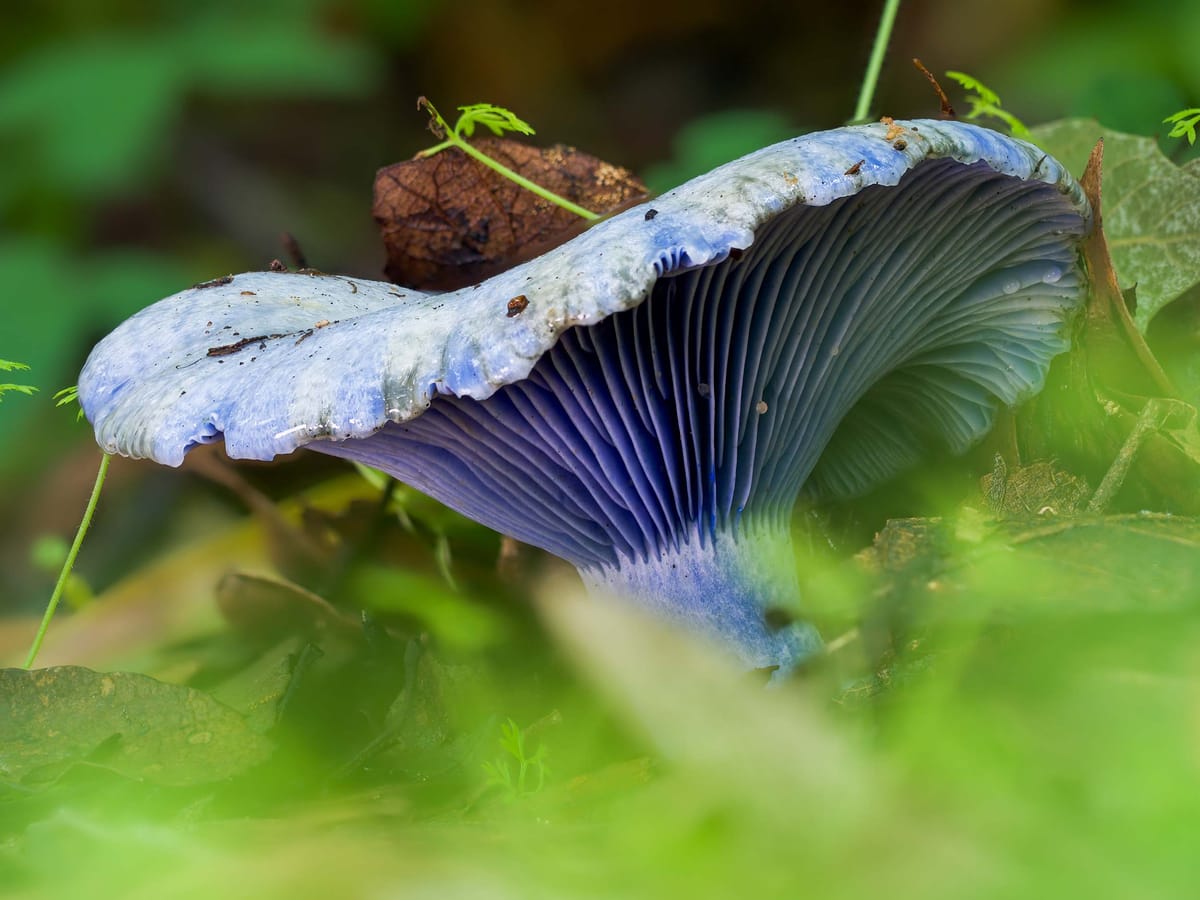
Fungi have bewildered people for millennia. Their peculiar nature inhabits a space between worlds – bridging the visible and the unseen, the tangible and the ethereal, the known and the unknowable. While we can see many fungi with the naked eye, they usually make their presence known just for brief moments in their life cycles.
More than anything, though, fungi have long been forgotten. They’ve been ignored, disregarded and set aside by most standards – including in conservation and rewilding. The entire fungi kingdom (more closely related to us humans and our animal kin than plants are) is rarely included in conservation frameworks, legislation or restoration plans. This is despite the many roles that these organisms have in ecological systems, and the fact that many are under threat from the climate and biodiversity crises.
Earlier this year, 432 fungi were added to the IUCN Red List, bringing it to a total of 1,300 red-listed fungi species, many of which are threatened with extinction. While there are surely many more threatened species unaccounted for, the move at least marks a growing recognition of the need to conserve fungi. As we’ll explore in the sections that follow, rewilding offers promising paths to support fungal biodiversity – but just as notably, fungi may actively support rewilding itself.

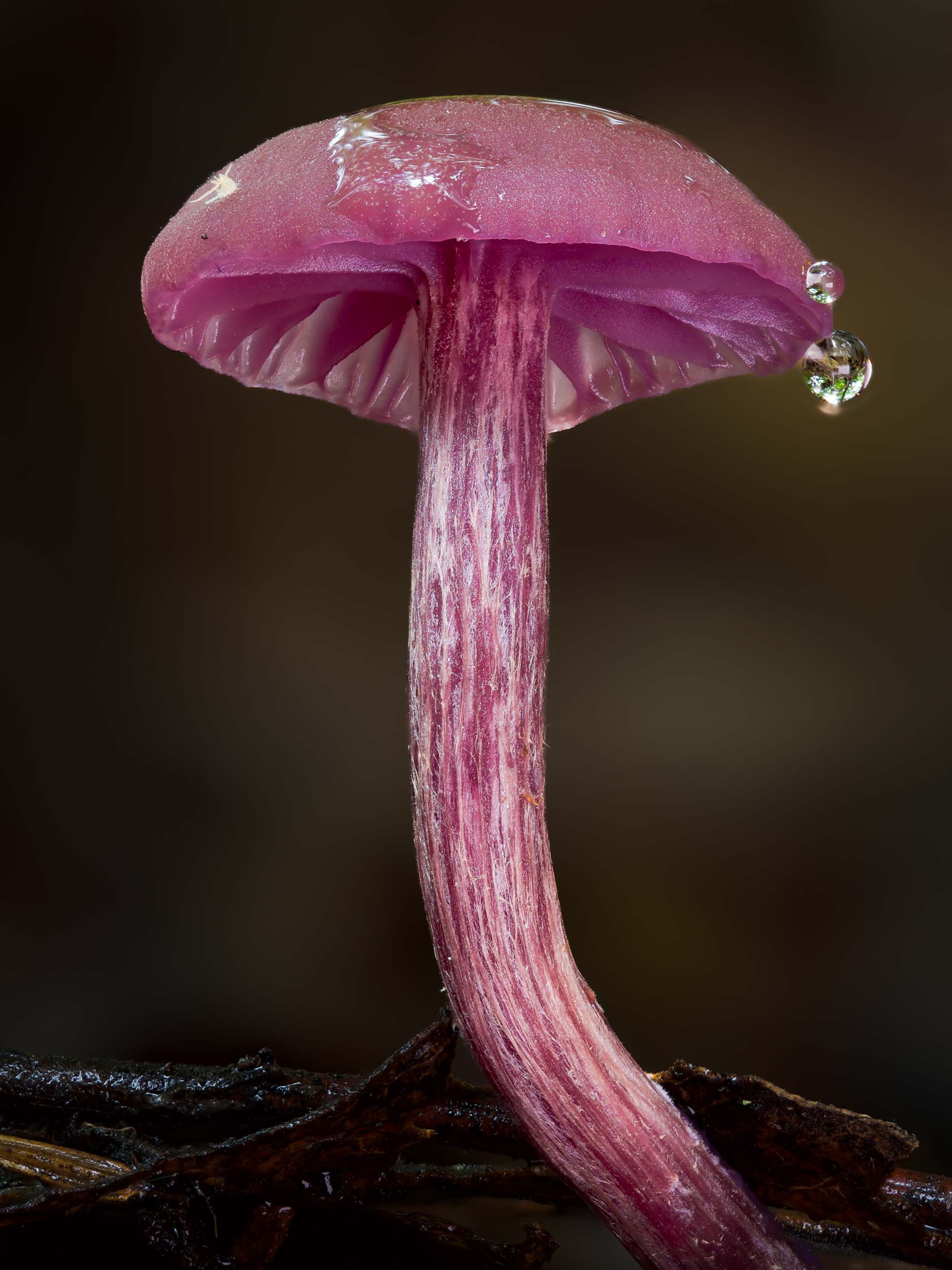
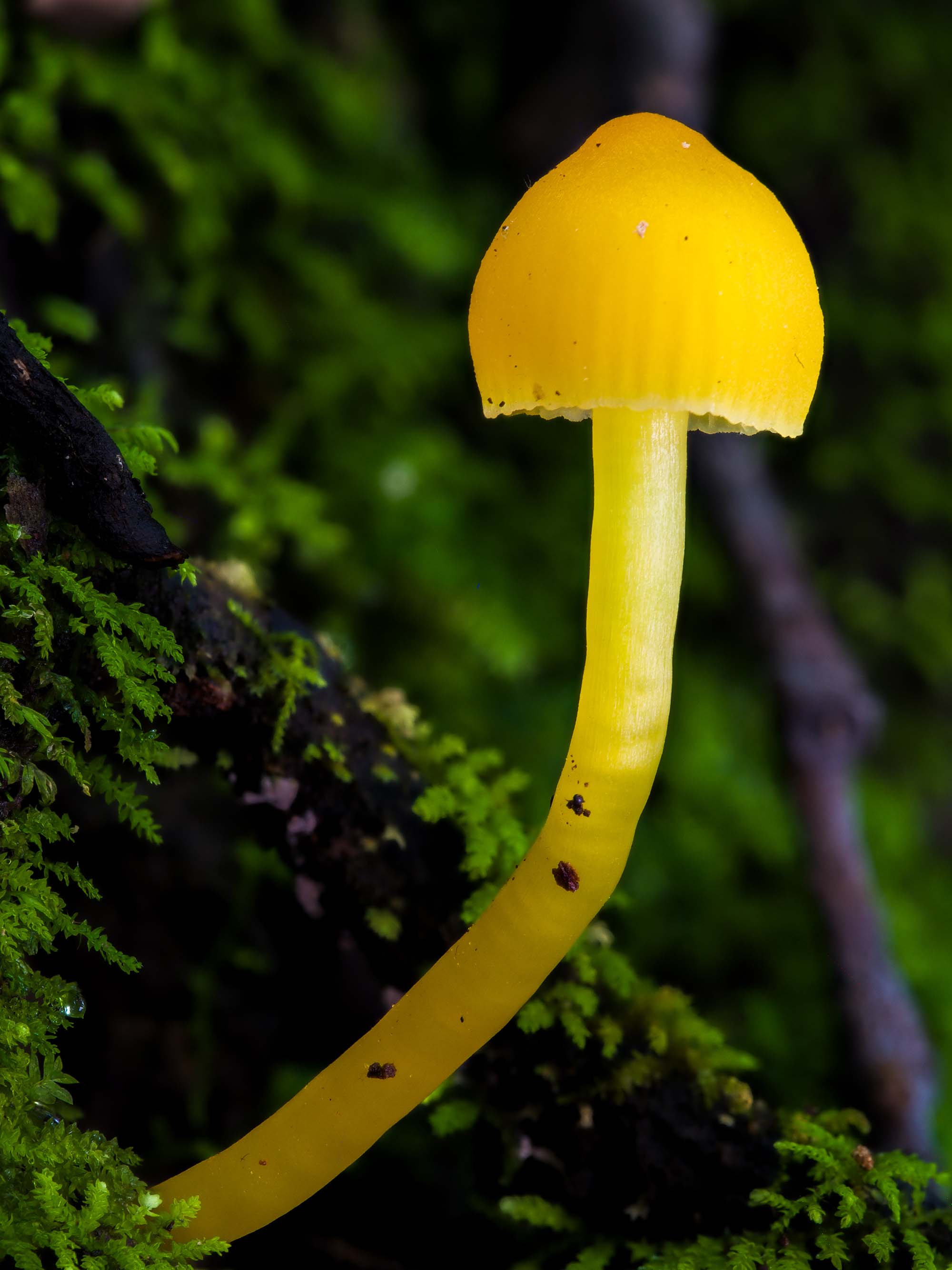
Coprinopsis sp., Laccaria aff. amethystina, Mycena sp. Photos: Timo Mendez.
More than just mushrooms
When most people think of fungi, they envision the mushrooms that appear in forests and meadows during the rainy season. But mushrooms are merely the temporary reproductive structures of a much larger and longer-lived organism that lives as a fine network of filaments known as mycelium. This network inhabits soils and organic debris, sometimes living for decades or even millennia, and over its lifetime can produce tens of thousands of individual mushroom fruiting bodies.
And while mushrooms are the charismatic ambassadors of the kingdom, mushroom-forming fungi represent only a small sliver of an estimated 2 to 4 million fungi species; others include microscopic yeasts and rusts as well as networks of mycelium that can span acres in size. They are extremely diverse in form and function and often considered a “mega-kingdom” due to the diverse roles they play in ecosystems. Many fungi act as agents of decay; others are pathogenic; while some form mutualistic symbiosis with plants and animals. In each of these roles, the impacts of fungi can drastically alter the very nature of an ecosystem.
For example, fungal decomposers break down organic compounds that non-fungal organisms cannot. Without fungi, the global nutrient-cycling process would come to a near standstill – meaning that nutrients would remain locked up in organic materials and unavailable for plants and animals. Microscopic pathogenic fungi can also alter ecosystems in massive ways. The near extinction of the American chestnut due to fungal blight is a prime example, as well as the dramatic impacts of Dutch elm disease around the world.
Another important group are the mycorrhizal fungi, which are associated with the roots of more than 90 percent of plant species. Fossil evidence suggests that these fungi are as ancient as land plants themselves, with their symbiosis predating the evolution of true roots. In this light, roots can be seen as structures that evolved to support fungal partnerships. Recent estimates indicate that mycorrhizal fungi transfer around 13.12 gigatons of carbon dioxide into soils each year, equivalent to roughly 36 percent of annual fossil fuel emissions, highlighting their critical role in the global carbon cycle and climate regulation.
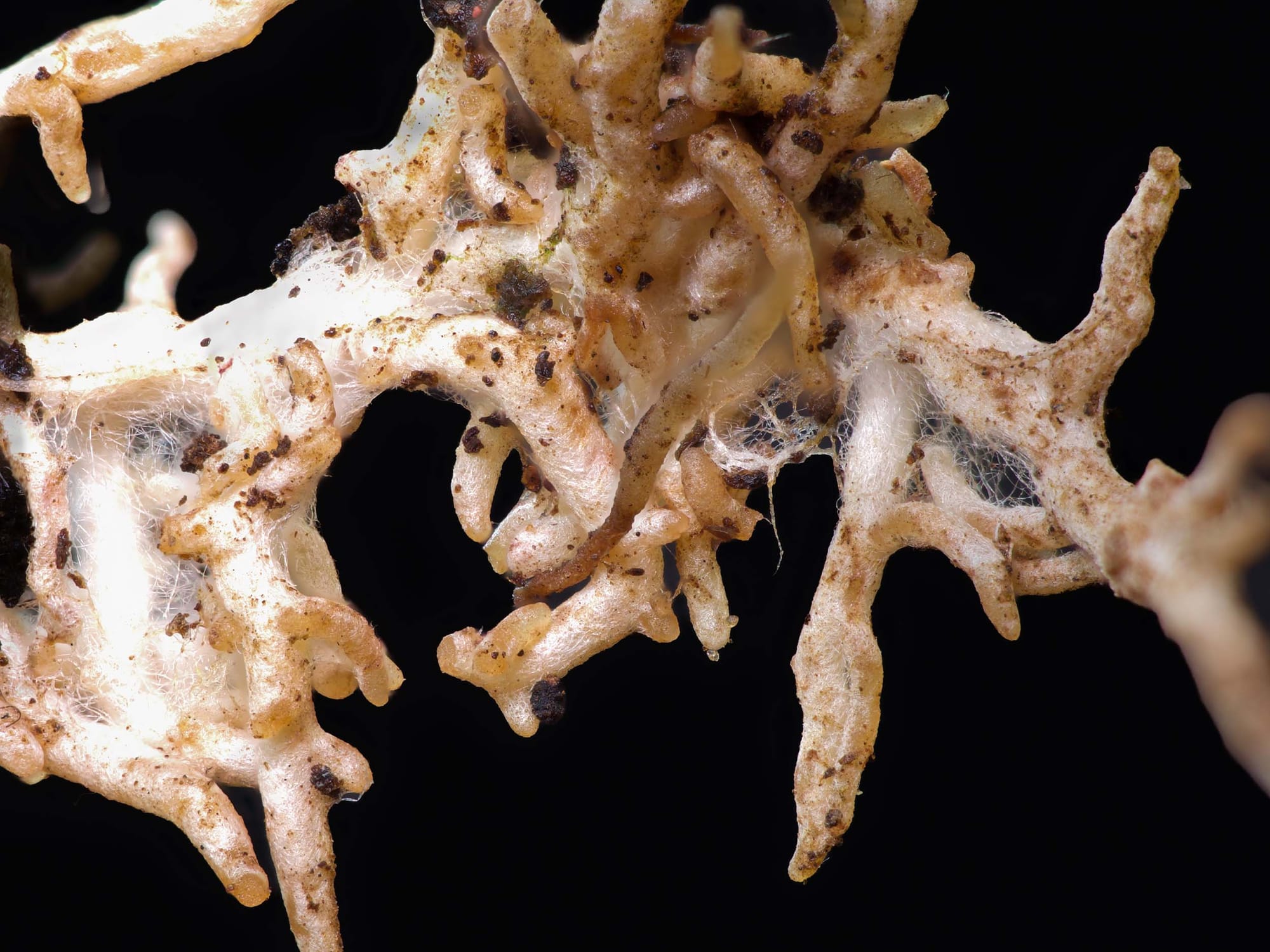
The challenge of fungi in conservation
To better understand how the complexity of fungi is navigated in real-world conservation work, I spoke with Matthew Wainhouse, senior specialist for fungi and lichens at Natural England. He is also co-author of a paper titled “Unseen Connections: The Role of Fungi in Rewilding,” along with David Satori, whom I’ll introduce later.
“I often get asked about the role of fungi in rewilding, but people don’t do the same for animals – they break them down into herbivores, carnivores, etc. People tend to lump all fungi together, which makes it harder to define their role,” Wainhouse explains.
“As the fungi specialist at Natural England, I’m responsible for an entire kingdom. Meanwhile, there are multiple specialists for mammals, and three just for invertebrates – groups with far fewer known species but far more institutional support. That imbalance shapes how we talk about fungi.” He further emphasized, stating, “The NGOs, the land managers – they’re not thinking about fungi. They’re thinking about birds, they’re thinking about butterflies, but not fungi.”
This challenge is only exacerbated by the significant knowledge gap in the study of fungi. Only a fraction of fungal species – about 150,000 – have been formally described by science. As Wainhouse notes, “The rest is just a great big mystery.” Not only do we not know who they are, but we have no idea what roles they might play in ecosystems, let alone in specific conservation practices such as rewilding.
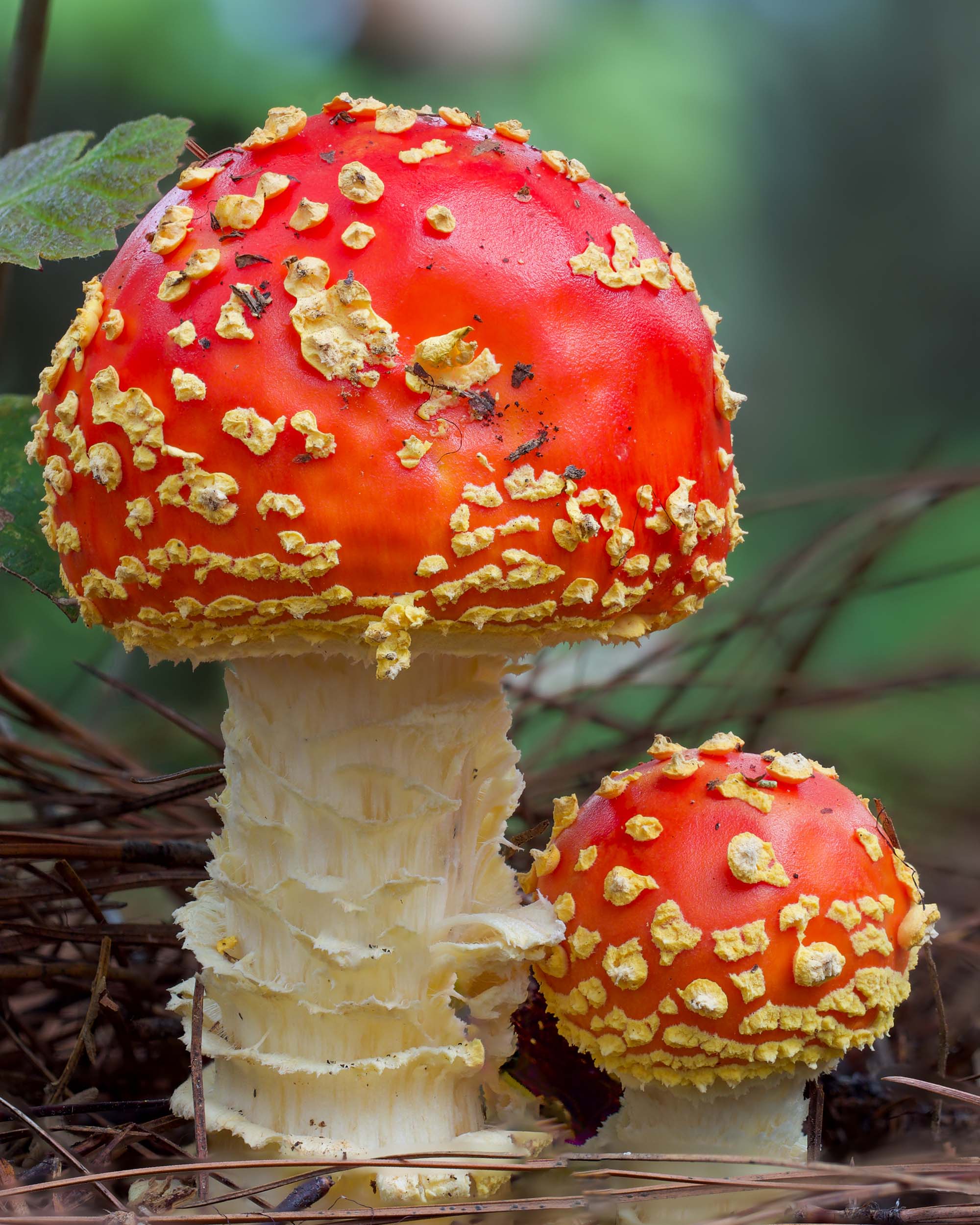
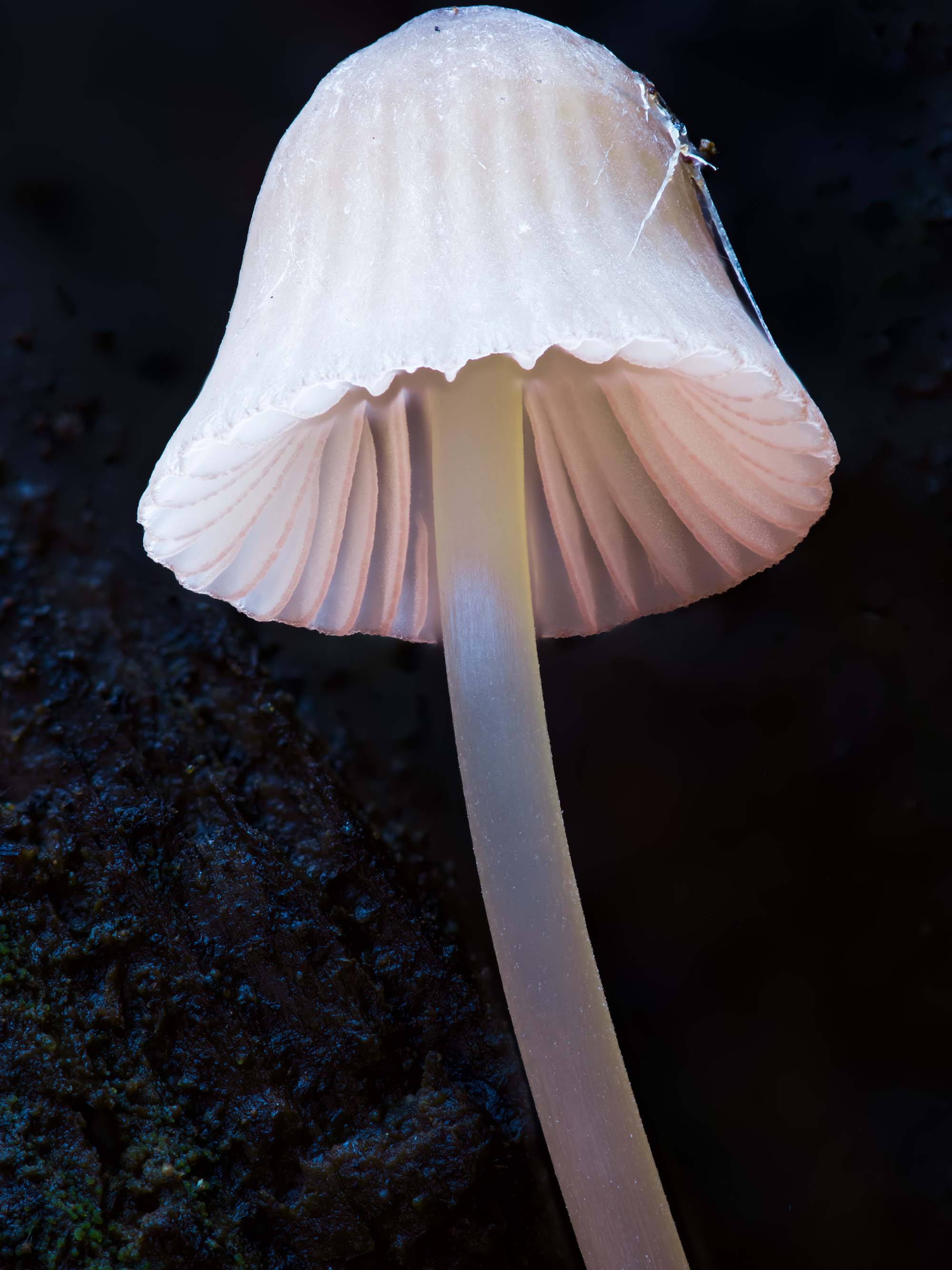
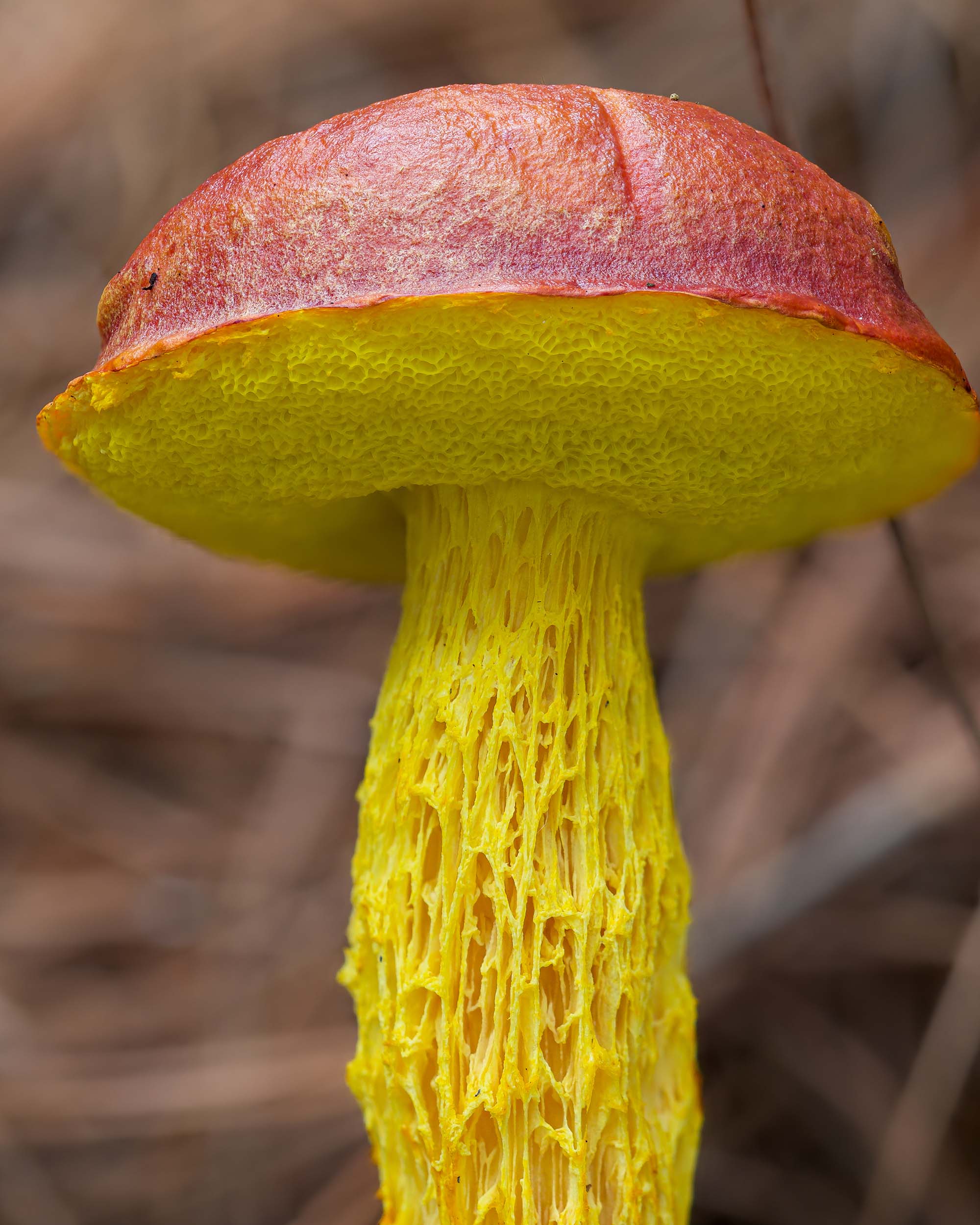
Amanita muscaria, Mycena sp., Aureoboletus sp. Photos: Timo Mendez.
“Veteranizing” with keystone fungi
While much of Wainhouse’s work focuses on monitoring fungal biodiversity and providing guidance to land managers, he also conducts research on using fungi to accelerate habitat creation.
“Have you come across the concept of veteranizing trees?” Wainhouse asks me. “The idea is you artificially damage a tree, kickstarting the process of decomposition to create features like cavities. Thousands of bird species, mammals, amphibians and reptiles are associated with tree cavities. They are hugely, hugely important.”
While damaging a tree for the purpose of conservation might sound counterintuitive, Wainhouse emphasizes that the process isn’t harmful for trees. The idea is to promote decay in a tree’s inner heartwood, which is made up of dead woody tissues, while leaving the outer, living circumference unharmed. This not only attracts wildlife, which will fertilize the tree with their droppings, but can also help the tree remain more stable during strong winds and storm events.
Veteranization is typically conducted through mechanical damage, such as creating woodpecker-like holes or damaging the bark. But the approach Wainhouse is researching introduces fungi into the equation with the goal of further accelerating the process. “Without inoculation, you’re really dependent on this sort of stochastic, random arrival of spores,” he says. “Our thought was, ‘Why don’t we select the fungus and put that in the tree, and it can really go wild and do the job that we want it to.’”
The goal of artificially inoculating living trees with heart-rot fungi is to create tree cavities much more quickly than they would naturally form in nature. “Something like an oak doesn’t really get these functional cavities until it’s at least 200 years old,” Wainhouse says. “Yes, we can let nature do its thing. But if we want all the rich biodiversity associated with veteran trees, we need to think about how we accelerate decomposition. The tree is a keystone structure, while the fungus is a keystone species within it.”
The choice of fungus also influences the type of rot produced, which in turn affects the structure and suitability of the resulting cavity for different species. For example, the beefsteak fungus (Fistulina hepatica) produces a special rot in oak heartwood that creates ideal conditions for the noble chafer beetle (Gnorimus nobilis), scarce in the UK, which depends on this specific decay type to complete its life cycle.
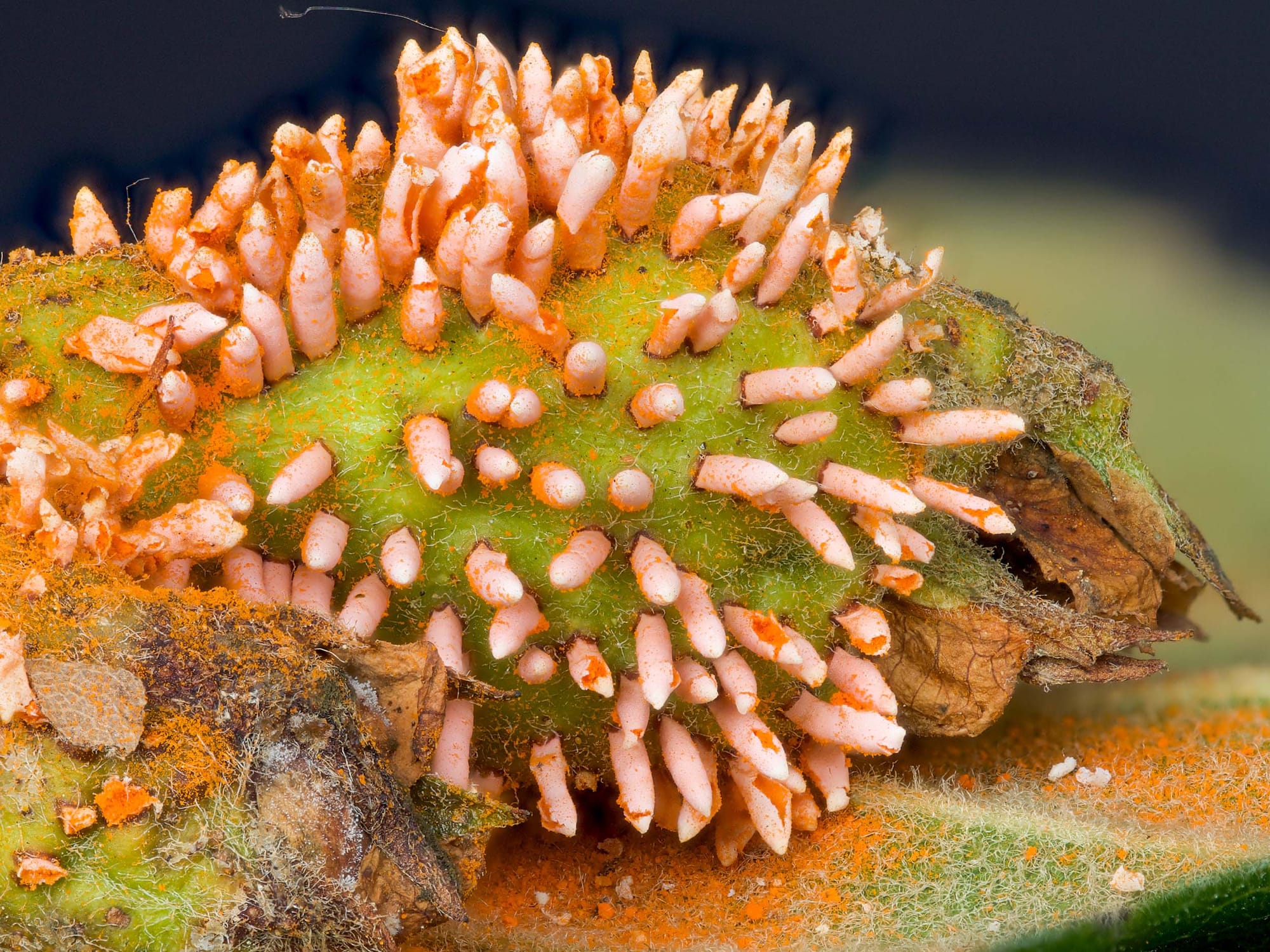
Fungal interventions
Intervening with fungi for conservation isn’t limited to veteranization. In Finland, researchers have successfully cultured and inoculated woody debris with critically endangered fungi. Their goal is to reintroduce fungi that are rare or missing from a habitat and provide a source population from which they can reproduce. This helps support not only the critically endangered fungi but also many other organisms, such as invertebrates who may be coevolved with these species.
Other researchers are exploring how they might utilize mycorrhizal fungi, which associate with plant roots, to promote the health and establishment of forests. Mycorrhizal fungi are already widely used in forestry to ensure that more trees survive after being planted. However, conservation applications are far more complex.
David Satori, a PhD researcher at Kew Gardens, cautions against assuming that inoculation is a silver bullet. “There’s simply no way that fungal inoculations could ever come close to emulating the immense complexity and diversity of natural communities,” he says. “A single mature tree can be host to dozens of species, each of which will comprise hundreds of genetic individuals.”
As he points out, inoculation doesn’t establish a diverse fungal community. Most of the species typically used are of “least concern” from a conservation standpoint. And many tree nurseries use commercial inoculants with low genetic diversity, or even varieties that are not native to the region. Regardless, research in this field is growing, and perhaps can someday be applied to support the unique functions of specific mycorrhizal species in specific habitats.
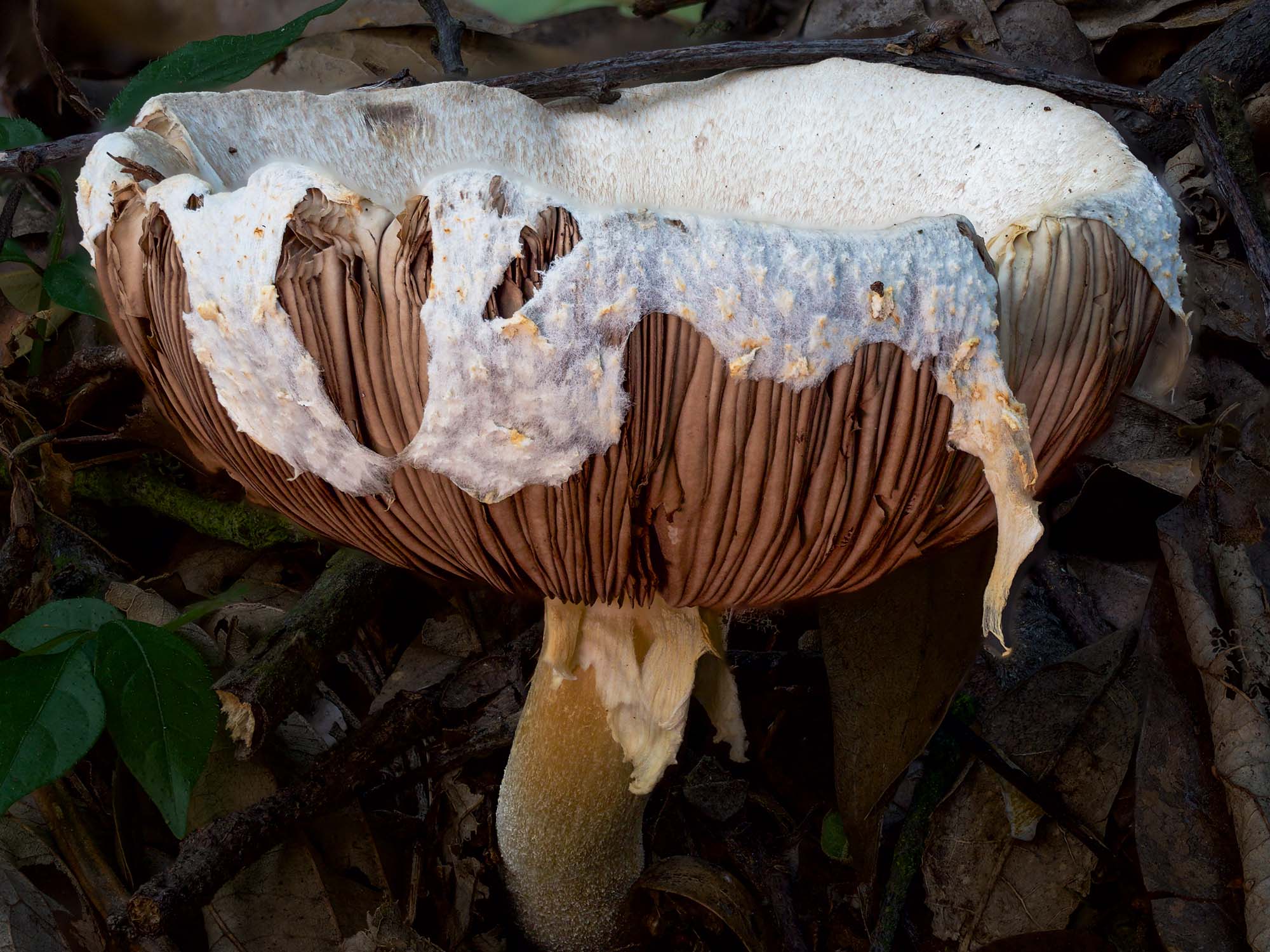
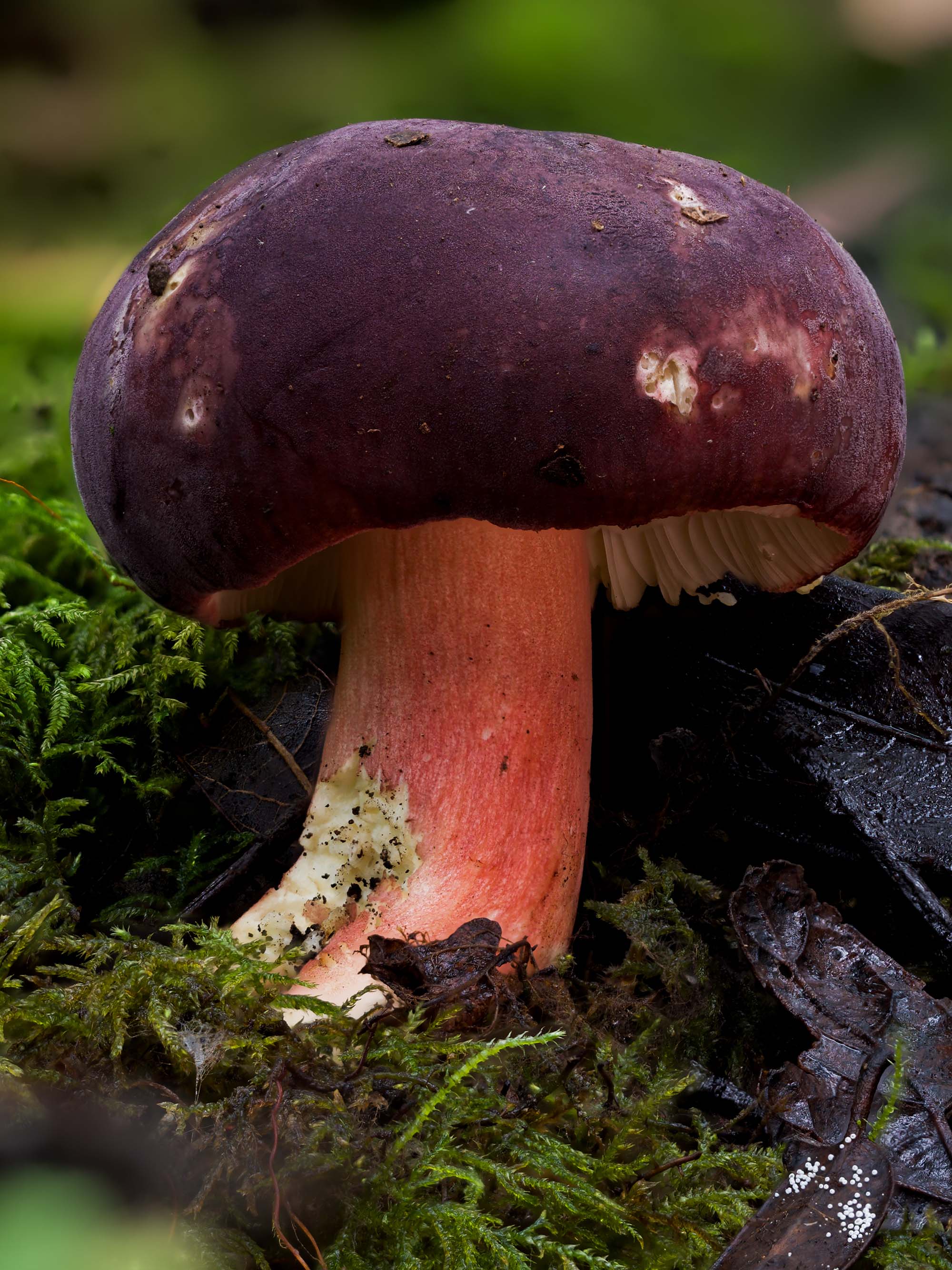
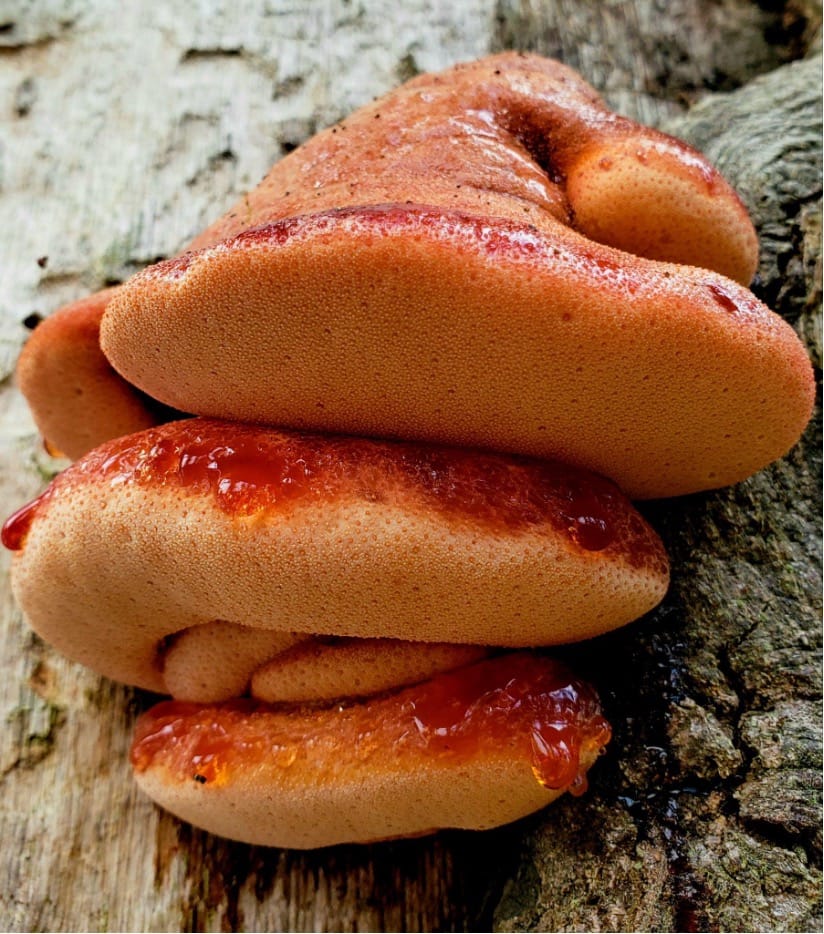
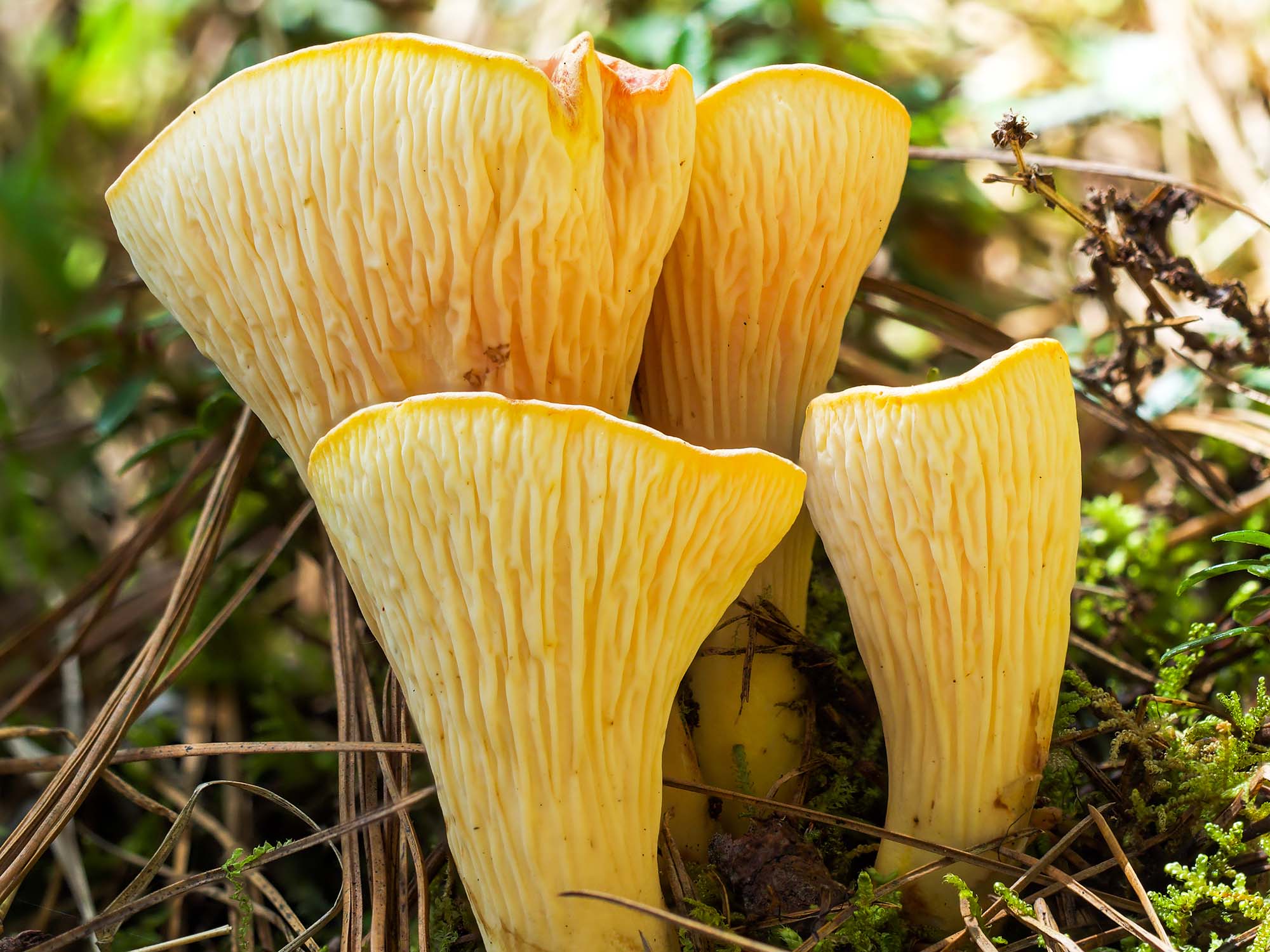
Clockwise from top left: Agaricus sp., Russula sp., Turbinellus flocossus and Fistulina hepatica (the beefsteak fungus). Photos: Timo Mendez.
Rewilding for fungi
While using fungi as a tool in rewilding is appealing, it’s only one side of the story. Rewilding itself can have profound impacts on fungal biodiversity. Satori emphasizes the importance of thinking in terms of “rewilding for fungi” – that is, restoring the ecological conditions that will allow fungal diversity to flourish on its own.
“There are lots of threatened fungal species that depend on large areas of habitat with long ecological continuity, heterogeneous landscapes, nearby resources for dispersal and functioning ecological processes,” he says. “Rewilding is exactly the practice that leads to all those things.”
Properly executed rewilding projects may already be positively impacting fungal biodiversity. When landscapes are allowed to regenerate with the help of keystone species such as large animals, they begin to accumulate the structural and ecological features that fungi depend on: mature trees, coarse woody debris, intact soil layers and varied microclimates.
One compelling demonstration comes from the Arid Recovery Reserve in central Australia, where researchers studied the effects on fungal biodiversity of reintroducing four native mammals to an area previously overrun by exotic species. By analyzing DNA in soil samples, the researchers found that fungal communities were significantly different in areas with reintroduced native mammals. Crucially, some fungi were found only inside the reserve and were also detected in the native mammals’ scat – directly linking their presence to fungal dispersal and community composition.
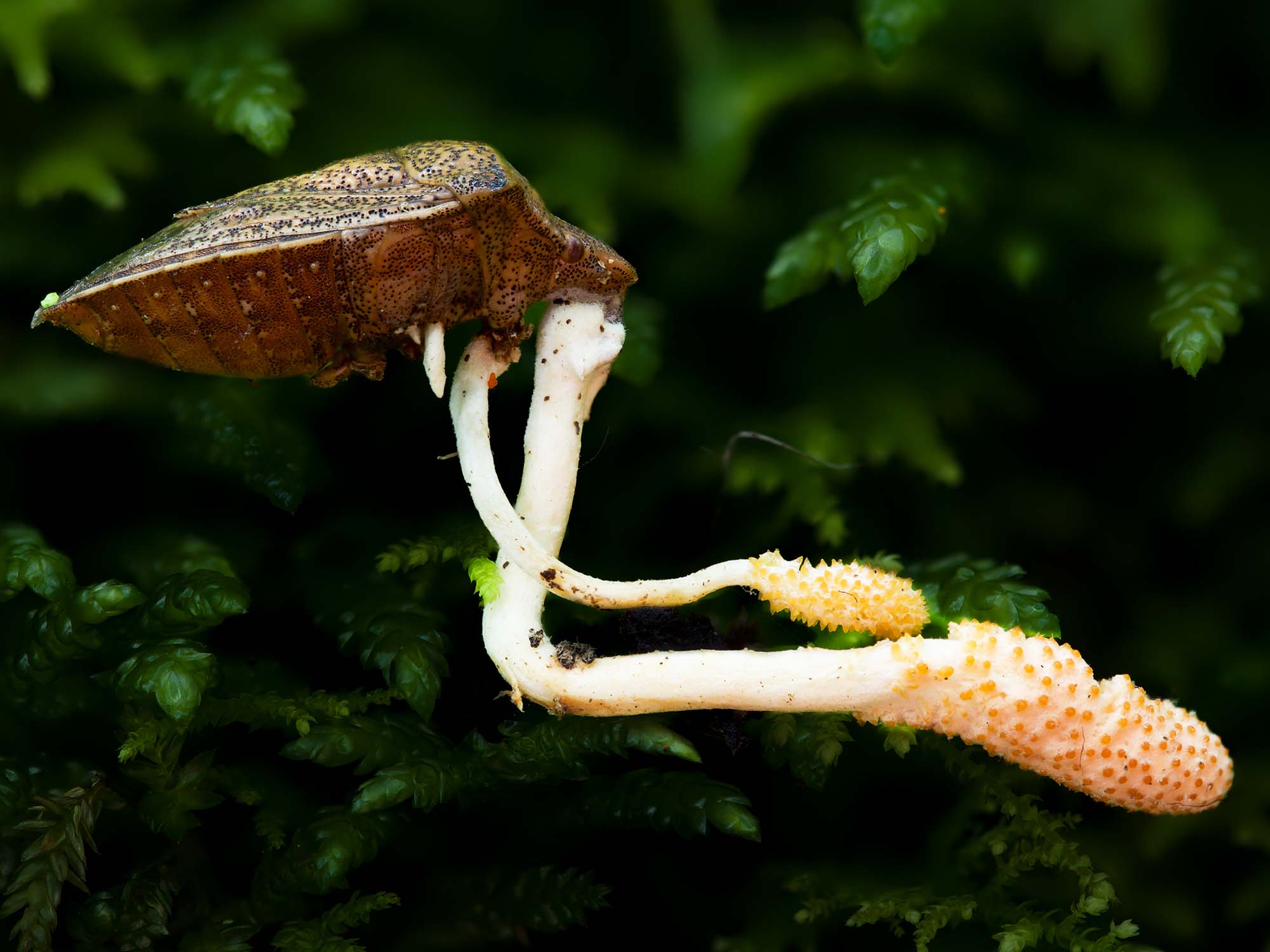
Biodiversity includes fungi, too
Rewilding is not just about protecting individual species. It’s about re-establishing the relationships between them, many of which are complex and poorly understood. When it comes to fungi, those relationships are often invisible – but no less vital. Whether cycling nutrients, forming symbioses or creating habitat through decay, fungi are foundational to the ecological processes that rewilding seeks to restore.
Yet their inclusion in conservation is still the exception, not the rule. If rewilding is to fulfill its promise of rebuilding functional ecosystems, fungi should be brought into the discussion – not just as passive beneficiaries, but as active agents of renewal. Rewilding for fungi means creating the conditions in which they can thrive; rewilding with fungi means recognizing that ecosystems cannot thrive without them.


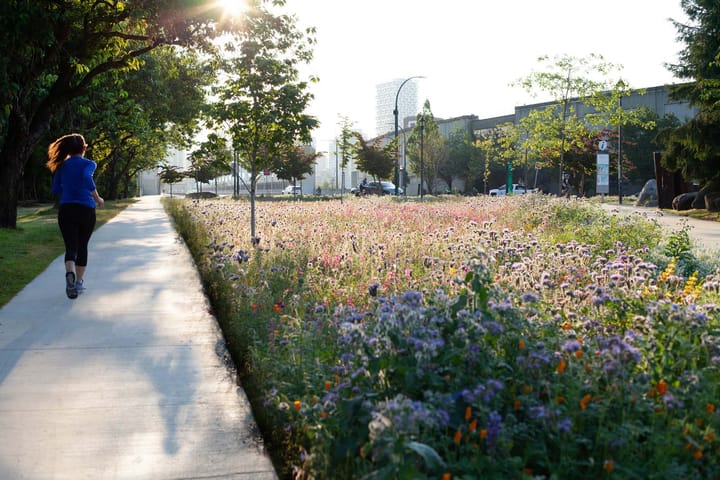
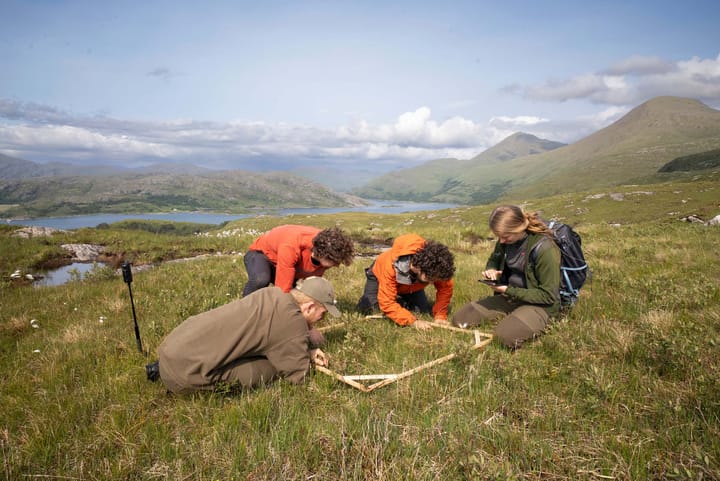

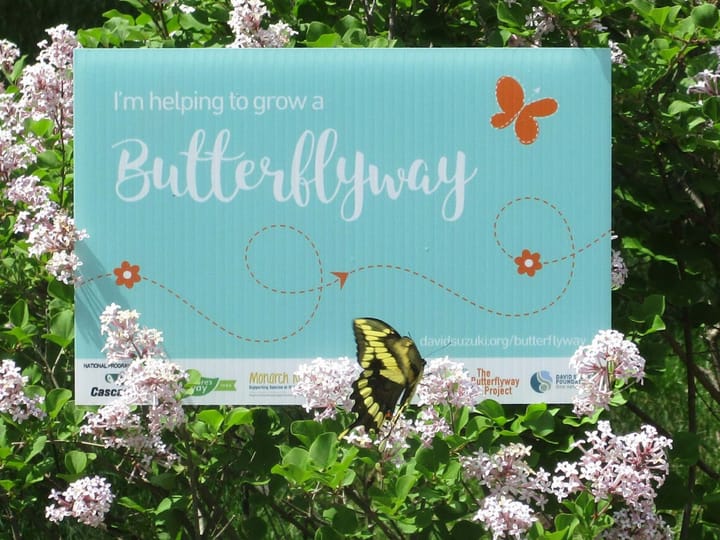

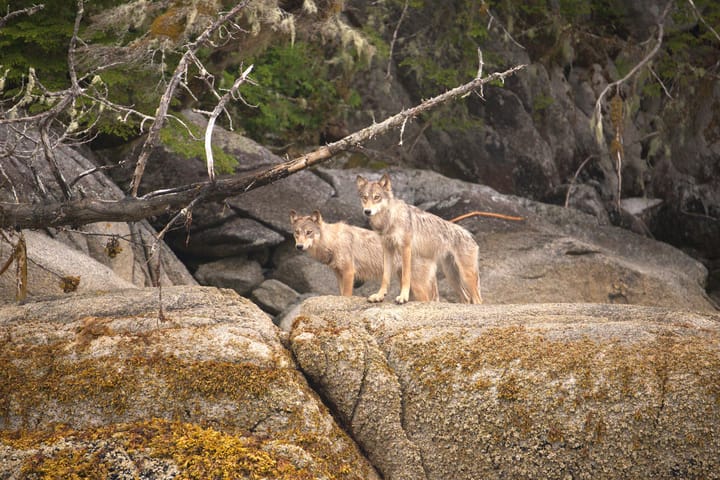
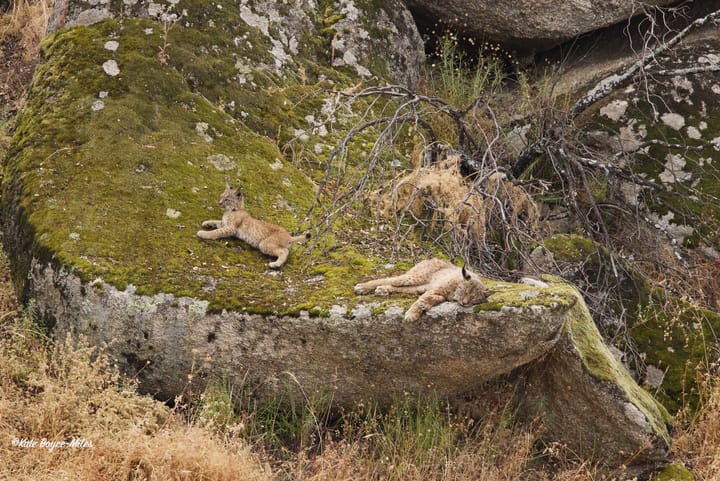
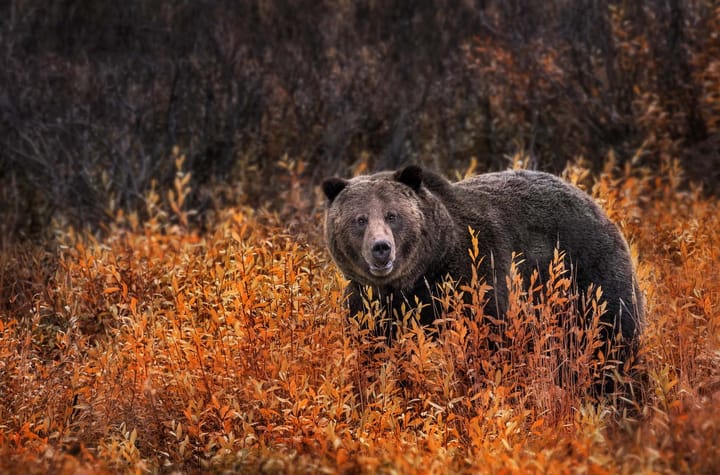

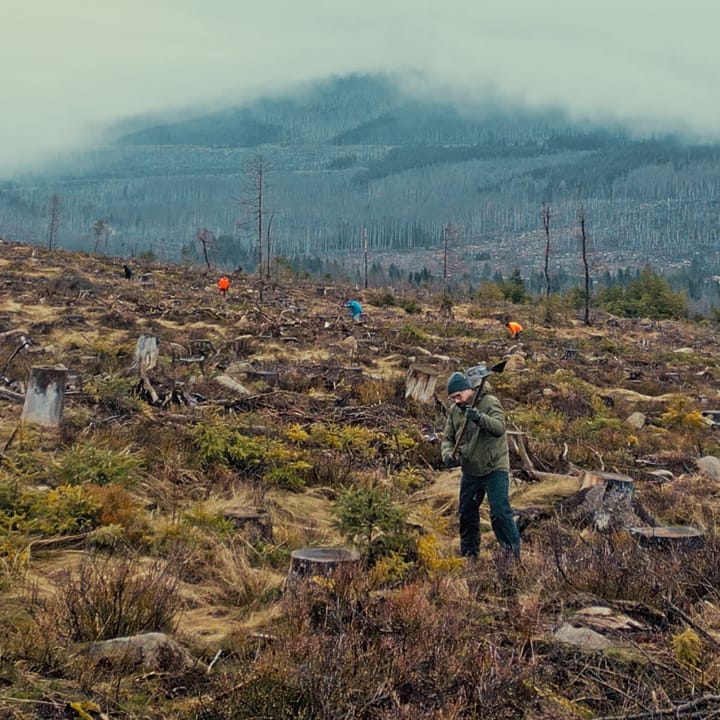
Comments ()